The Ultimate Guide To Companion Planting For Greens
The Ultimate Guide to Companion Planting for Greens
Greens are a staple in many people's diets, and for good reason. They are packed with nutrients and can be enjoyed in a variety of ways. But did you know that companion planting can help you grow healthier, more productive greens?
Companion planting is a gardening technique that involves planting certain plants together to benefit each other. There are many different benefits to companion planting, including:
- Increased pollination
- Reduced pest problems
- Improved soil health
- Increased yields
When it comes to greens, there are a number of different companion plants that can help you boost your harvest. Here are a few of the best:
- Nasturtiums: Nasturtiums are a beautiful flowering plant that is also a great companion for greens. They attract beneficial insects, such as ladybugs and hoverflies, which help to control pests. Nasturtiums also have allelopathic properties, which means that they release chemicals that suppress the growth of weeds.
- Marigolds: Marigolds are another great companion plant for greens. They are also attractive to beneficial insects, and they help to repel pests such as aphids, whiteflies, and nematodes. Marigolds also improve soil drainage, which is important for greens.

- Chives: Chives are a versatile herb that can be used in a variety of dishes. They are also a great companion plant for greens. Chives release sulfur compounds that help to deter pests, and they also improve the flavor of greens.

- Basil: Basil is another popular herb that can be grown alongside greens. Basil attracts beneficial insects, and it also helps to repel pests such as mosquitoes and thrips. Basil also improves the flavor of greens.
- Lettuce: Lettuce is a cool-season crop that can be grown alongside a variety of other greens. It is a good companion plant for spinach, kale, and arugula. Lettuce helps to suppress weeds, and it also provides shade for other plants.
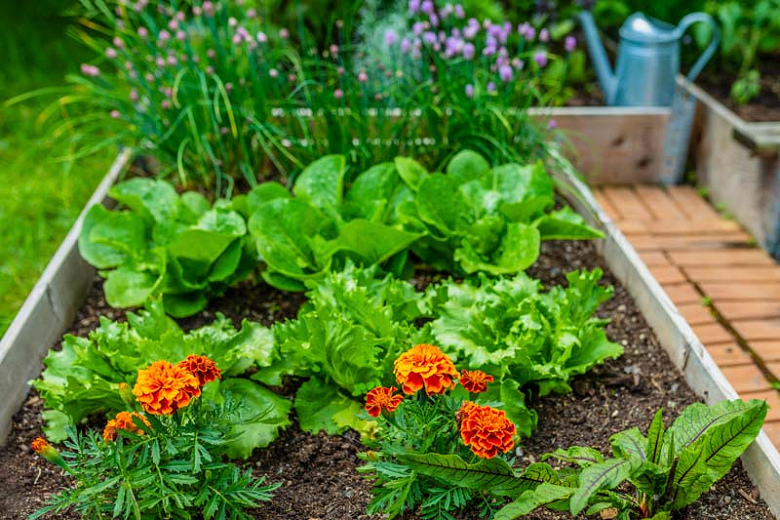
These are just a few of the many companion plants that can be grown with greens. When choosing companion plants, it is important to consider the specific needs of your plants. For example, if you are growing leafy greens in a hot climate, you will want to choose companion plants that can tolerate heat.
Companion planting is a simple way to improve the health and productivity of your garden. By planting the right plants together, you can attract beneficial insects, deter pests, and improve soil health. So next time you are planning your garden, be sure to consider companion planting.
Companion planting is a gardening technique that uses the interactions between different plants to create a more productive and pest-resistant garden. When done correctly, companion planting can help to improve the flavor, yield, and lifespan of your greens.
There are many different companion plants that can be used with greens, but some of the most popular include:
- Basil - Basil is a great companion plant for tomatoes, as it helps to repel pests and improve the flavor of the tomatoes.
- Dill - Dill attracts pollinators, which can help to increase the yield of your greens.
- Marigolds - Marigolds are known for their insect-repelling properties, and they can help to keep pests away from your greens.
- Nasturtiums - Nasturtiums are another good insect repellent, and they can also help to improve the flavor of your greens.
- Peas - Peas fix nitrogen in the soil, which can benefit your greens.
If you're interested in learning more about companion planting for greens, I recommend visiting Gardenia Inspiration. This website has a wealth of information on the topic, including a comprehensive list of companion plants for greens.
FAQ of companion plants for greens
Q: What are companion plants?
A: Companion plants are plants that are grown together because they benefit each other in some way. They can help to improve each other's growth, deter pests, or attract beneficial insects.
Q: What are some good companion plants for greens?
A: Some good companion plants for greens include:
- Basil: Basil helps to repel aphids, mosquitoes, and spider mites. It also improves the flavor of tomatoes.
- Marigolds: Marigolds help to repel nematodes, whiteflies, and aphids. They also attract pollinators.

- Chives: Chives help to repel aphids, carrot flies, and onion maggots. They also improve the flavor of carrots and tomatoes.

- Onions: Onions help to repel carrot flies, onion maggots, and aphids. They also improve the flavor of tomatoes.
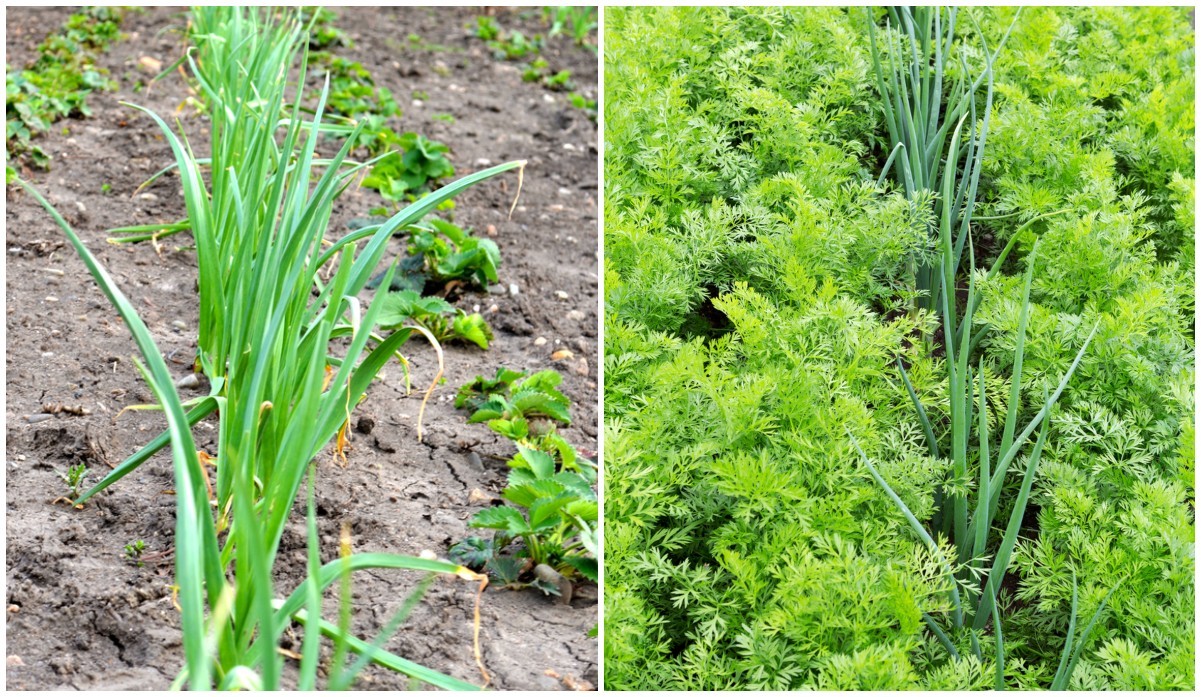
- Garlic: Garlic helps to repel aphids, carrot flies, onion maggots, and slugs. It also improves the flavor of tomatoes.

Q: What are some greens that should not be planted together?
A: Some greens that should not be planted together include:
- Lettuce and cabbage: Lettuce and cabbage are both members of the brassica family, and they can cross-pollinate. This can lead to bitter lettuce and reduced yields.


- Spinach and beans: Spinach and beans compete for nutrients, so they should not be planted together.

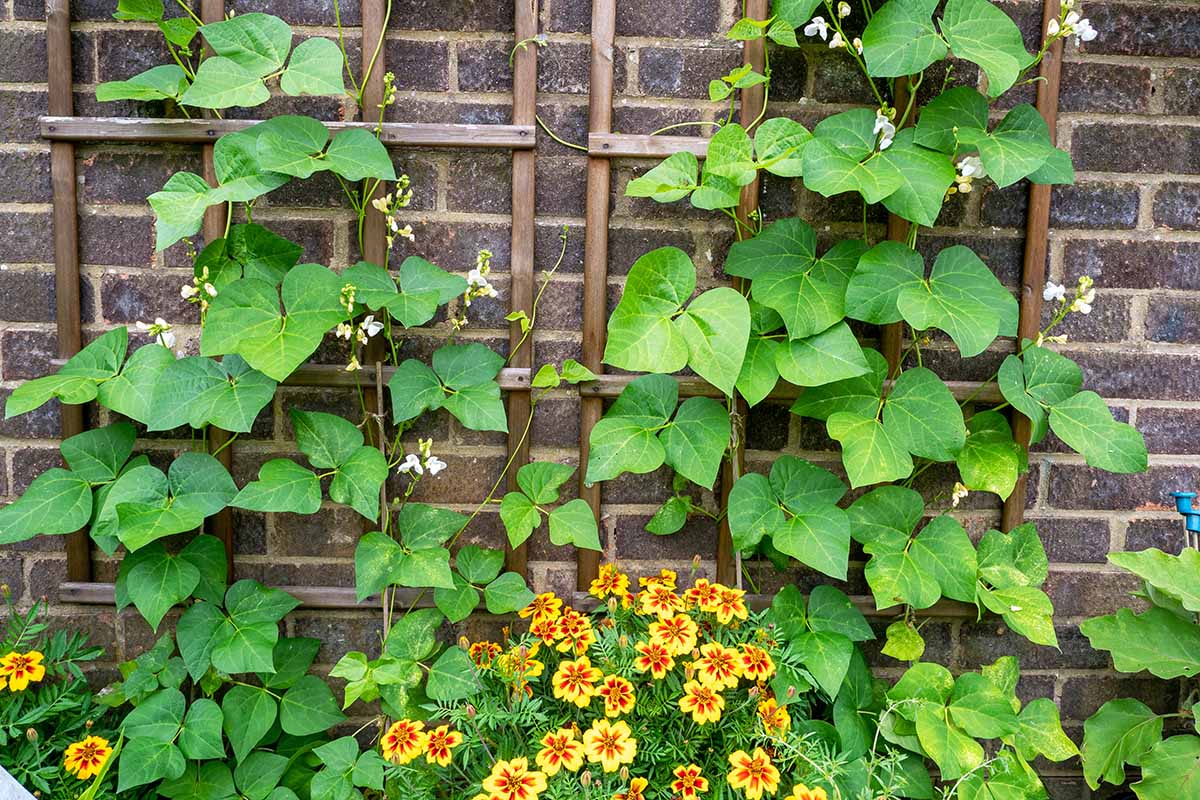
- Peas and tomatoes: Peas and tomatoes compete for sunlight, so they should not be planted together.
Q: How do I know which companion plants to use?
A: There are a few things to consider when choosing companion plants. First, you need to consider the type of greens you are growing. Some greens, such as lettuce and cabbage, have specific companion plants that will benefit them. Second, you need to consider the size of your garden. If you have a small garden, you may want to choose companion plants that are not too large. Finally, you need to consider your personal preferences. Some people prefer to use companion plants that are edible, while others prefer to use ornamental plants.
Q: Where can I find more information about companion planting?
A: There are a number of resources available to learn more about companion planting. You can find books, articles, and websites that provide information about specific companion plants and how to use them. You can also talk to experienced gardeners to get their recommendations.
Image of companion plants for greens
- Carrots and onions. Carrots and onions are a classic companion plant combination. The onions help to repel carrot root fly, while the carrots help to improve the flavor of the onions.

- Beans and peas. Beans and peas are both nitrogen-fixing plants, which means they can help to improve the nitrogen content of the soil. They also benefit from each other's shade, which helps to keep the roots cool.
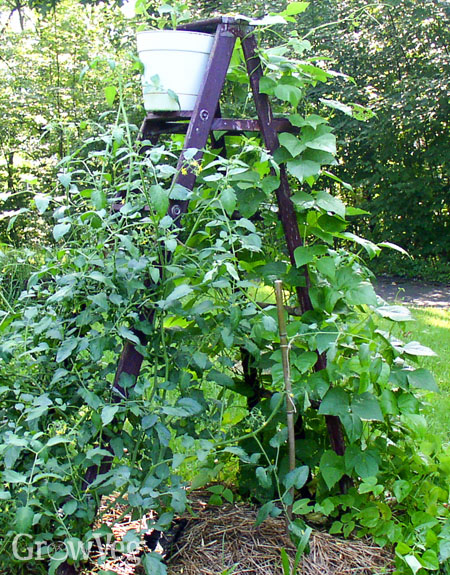
- Lettuce and tomatoes. Lettuce and tomatoes are another popular companion plant combination. The lettuce helps to shade the roots of the tomatoes, while the tomatoes help to deter pests from the lettuce.
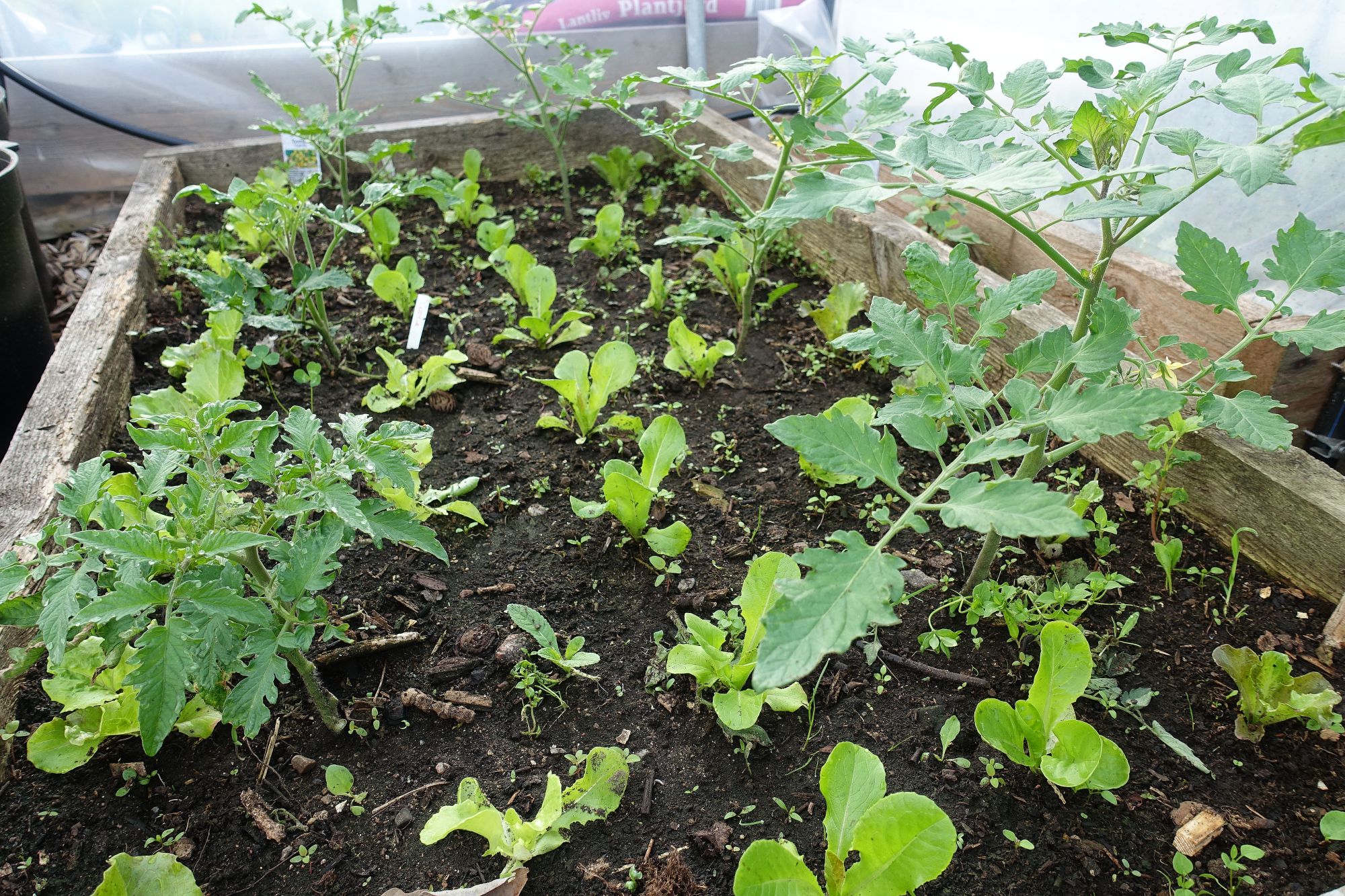
- Spinach and carrots. Spinach and carrots are both cool-weather crops, so they can be planted together in the same bed. The spinach helps to suppress weeds, while the carrots help to improve the flavor of the spinach.

- Herbs and greens. Many herbs can be planted with greens to improve their flavor and deter pests. Some good choices include basil, dill, mint, and rosemary.

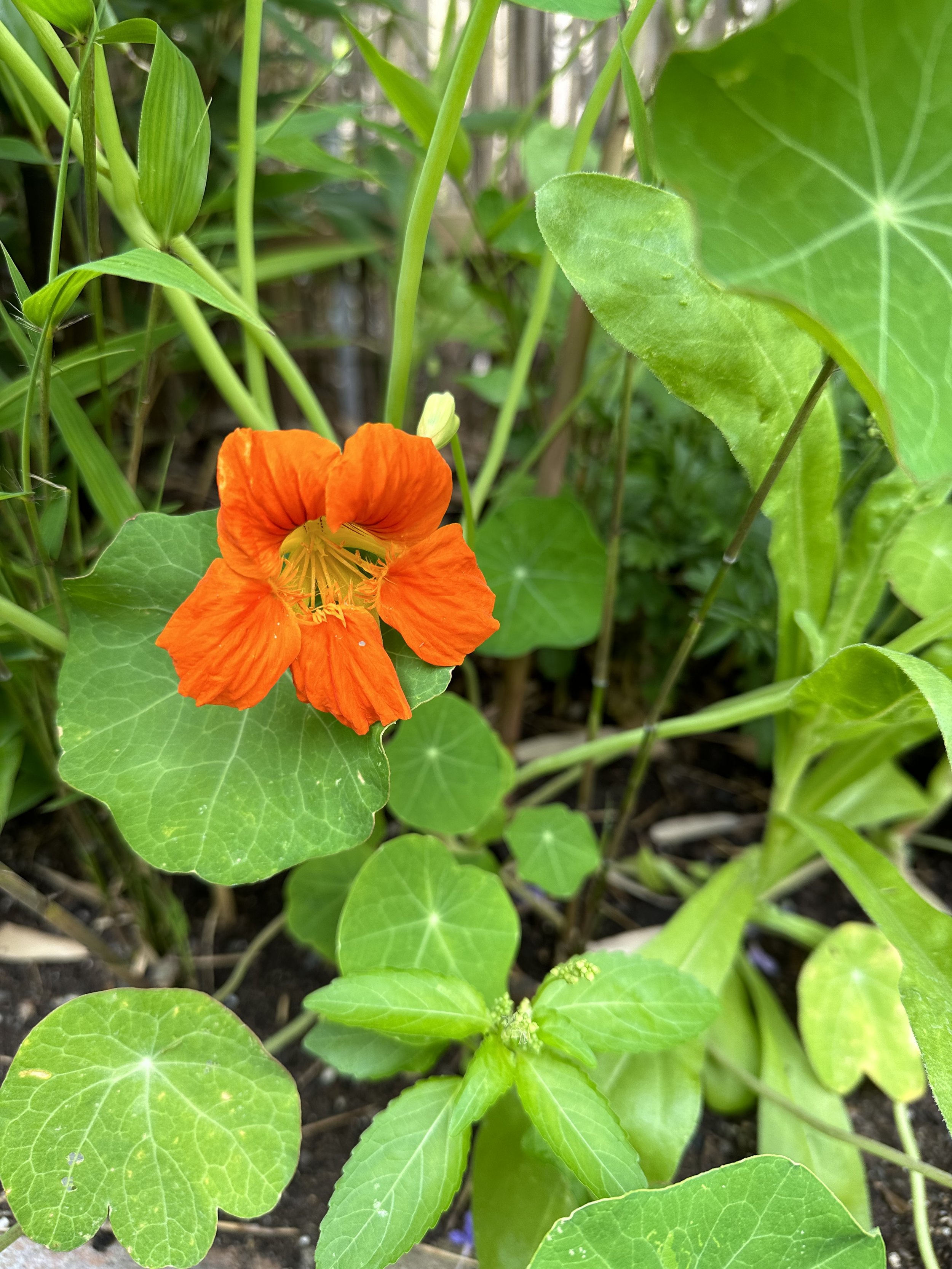
Post a Comment for "The Ultimate Guide To Companion Planting For Greens"